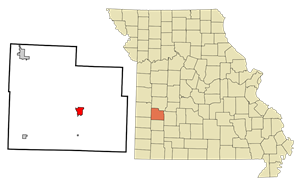BEAD Under Threat: Fiber, Satellites, and the Fight for the Future of Rural Internet Access - Episode 643 of the Community Broadband Bits Podcast

In this episode of the podcast, former BEAD Director Evan Feinman joins Christopher Mitchell and Sean Gonsalves to talk about the turmoil brewing inside the BEAD program.
They break down what’s really behind the push for more satellite connectivity, the threat of sidelining state-led fiber projects, and the political forces stalling progress.
With billions on the line and rural communities waiting, this episode cuts through the noise and asks: are we about to squander a once-in-a-generation opportunity?
This show is 46 minutes long and can be played on this page or via Apple Podcasts or the tool of your choice using this feed.
Transcript below.
We want your feedback and suggestions for the show-please e-mail us or leave a comment below.
Listen to other episodes or view all episodes in our index. See other podcasts from the Institute for Local Self-Reliance.
Thanks to Arne Huseby for the music. The song is Warm Duck Shuffle and is licensed under a Creative Commons Attribution (3.0) license





